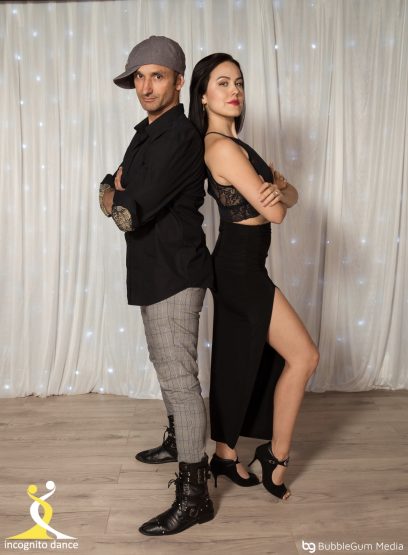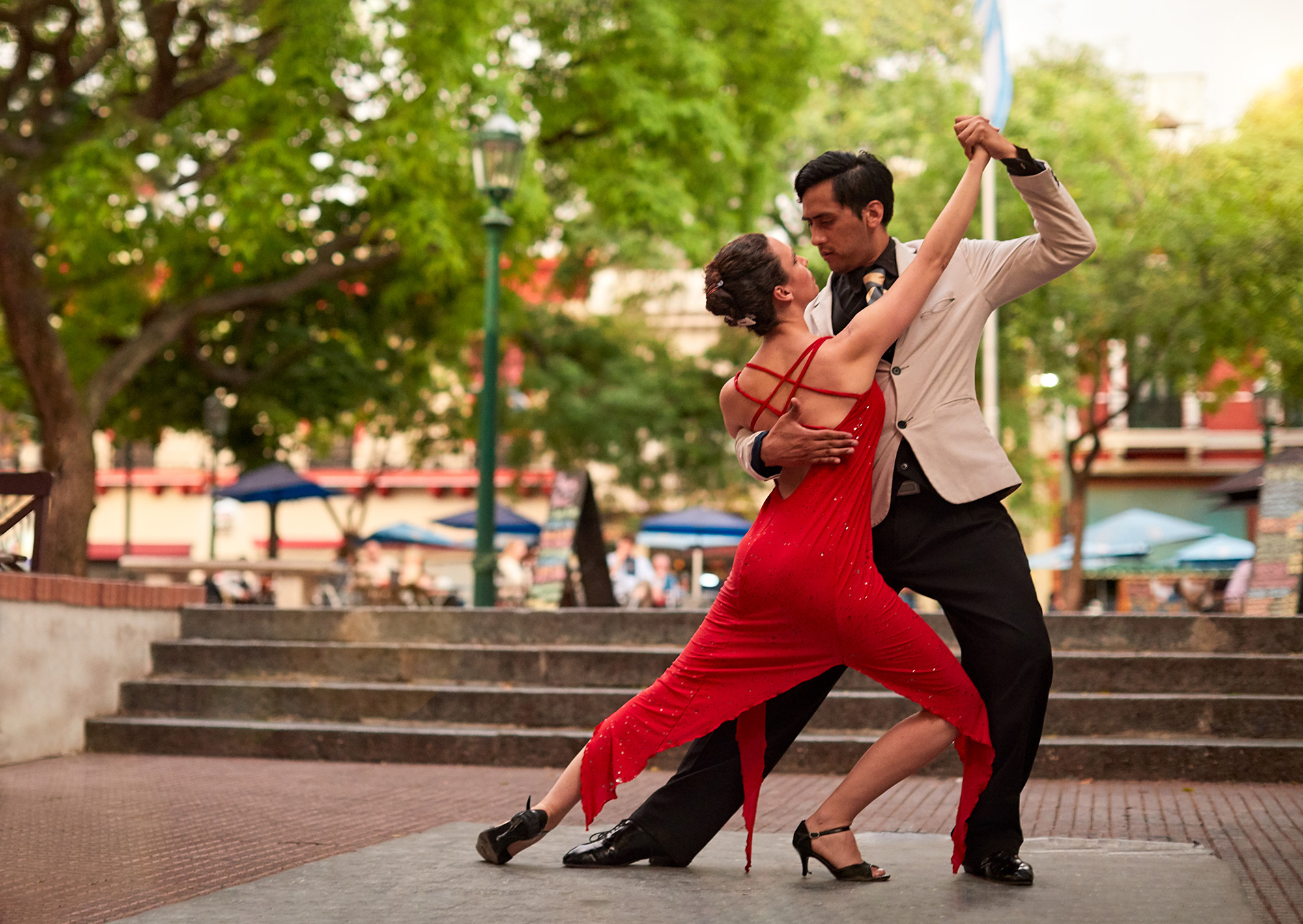The Best Strategy To Use For Dance San Francisco
Wiki Article
The 6-Second Trick For Dance San Francisco
Table of Contents7 Simple Techniques For Dance San FranciscoDance San Francisco - Truths4 Simple Techniques For Dance San Francisco4 Simple Techniques For Dance San Francisco
Allow's think about Salsa dancing and music as a huge Tree that appears like this: Salsa is danced global while several technological elements of the dance coincide throughout styles (6 steps over 8 beats danced on a quick-quick-slow or slow-quick-quick rhythm), there are a number of "trademark" features of the major styles of Salsa that differentiate one from the other.Pairs taking part in a Casino site Rueda dance all actions in unison as called by a Leader. Distinct features of Cuban style salsa are round turn patterns (with "break back" steps on counts 1 and 5) along with body motion inspired by traditional Afro-Cuban folkloric dancings. Distinguishing attributes of Cali design salsa is fast and detailed footwork, danced with a solid hand hold link in between partners.
The origins of the design are a topic of debate, however it is said that New York design Salsa dance stemmed in the 1960's due to the influx of Latin American emigrants after the Cuban Change (salsa dancing sf). Eddie Torres is one of the most popular New york city style dancer, being virtually widely attributed with popularizing the style to dance centres beyond New York
The standard rhythm of "On-2" is slow-quick-quick. The "youngest" of the designs of Salsa, L.A (https://fliphtml5.com/homepage/ijruv). Style (some people have actually called it "West Coastline" style) ended up being preferred in the 1990's and has its origins in ballroom (Mambo, Swing and Cha, Cha, Cha). Transform patterns lead and adhere to methods are greatly affected by these designs, with the Cross Body Lead being the foundation of the design
Excitement About Dance San Francisco
Style are implementation of turn patterns and figures in the "slot", with the break steps on counts "1" and "5". While Salsa songs has strong beginnings in Cuban, Colombian and Puerto-Rican folkoric practices, it can not be marked down that all Afro-Latin and Latin American cultures have actually contributed to modern Salsa songs as we understand it today.


The Best Guide To Dance San Francisco
identifying features of Salsa music are: 4/4 measure signature, Kid Clave and Tumbao rhythms, Montuno Piano Unless you have a history in songs, the above 3 features probably imply nothing to you. A simpler method to define Salsa songs is just how it does NOT seem like various other kinds of Latin American preferred songs.
It's time for lessons. With so several studios available and different styles to select from, where does a full newbie begin? Many all new dancers choose to learn L.A. "On-1" style slotted Salsa styles are the most common in North America (with some exceptions of some urban centres that still mostly embrace Cuban and Puerto Rican designs) and L.A.
.A. other Design will promptly educate you the fundamentals of Salsa timing, weight transfer and transform pattern implementation. Lots of dancers, when they have actually had a year or two of dancing L.A. Style Salsa under their belts, "button" to New york city design in order to diversify their dance vocabulary; yet several professional dancers make a decision to stay with just one style of Salsa and enjoy their time on the dancing flooring in that specific style. salsa dancing sf.
Design and New York City Style all being danced in the very same club, with a lot of the professional dancers having the ability to switch from one design to the various other from one tune to the next. salsa dancing sf. Regardless of which design you choose it's important to adhere to that design until you're really comfortable with the principles of timing, body rhythm and structure move execution before thinking about "switching" designs (if you want to)
As soon as you start lessons prepare to commit energy and time to discovering how to dance in basic it takes a total newbie (i. e., someone with little or no dance experience) regarding 6 months of actively taking lessons and heading out and practicing a minimum of twice a week to obtain to a point where pattern implementation starts to really feel "natural".
Report this wiki page